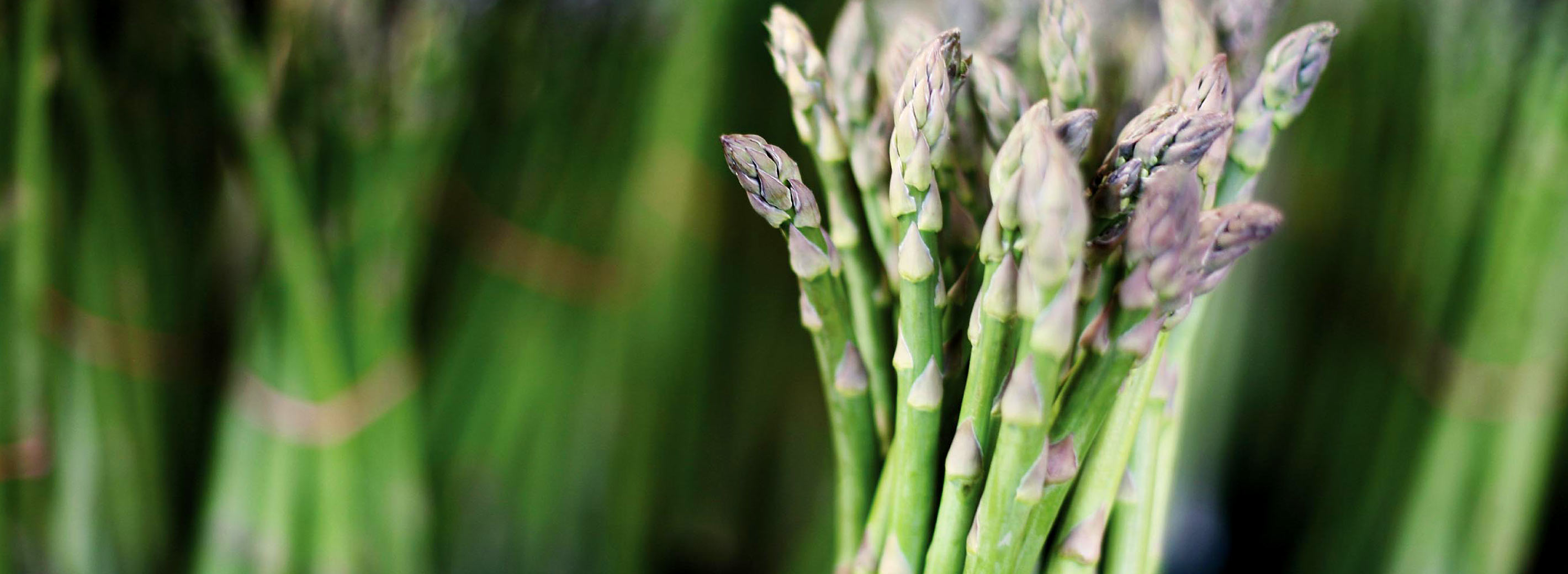Over the past year so much has been written about whether ‘industrial organic’ food is a good thing. Does it help or hurt small organic farmers, dairymen and ranchers – the agricultural innovators of the last half century – if the likes of Wal-Mart, Target and Safeway are rolling out private-label organic brands and making “organic” a mainstream option? For all the commitments made by large-scale retailers about local purchasing, we know that the vast majority of produce and grains are being grown overseas in places where the legal labor is even cheaper than lowly-paid agricultural workers in the US. This trend has the potential to crush small domestic producers who are stewards of our nearby open spaces, air and water quality and, most differentially, of the people who do the physically hard work of food production. This trend also […]

Blog: Uncategorized
+ Blog Categories
Milk can be healthy again. The industry just needs some push!
- Blog
In 2002, we implemented an initiative to remove from all of our cafés, milk that came from cows that were treated with rGBH (recombinant Bovine Growth Hormone). And, for the most part we have been able to do this except for some gaps on the East where milk free of rGBH just isn’t available in the quantities we need. When we implemented this initiative, we started a discussion with representatives from Dean Foods, the largest milk producer in the US and our main supplier. Our “ask” was for s solutions to fill those gaps so that all of our guests across the country could enjoy the benefit of a healthier milk product. Good discussion. Some surprising interest. Unfortunately no follow up. Today, we still have some gaps and we are still pushing. I read recently that Dean Food has opened […]
Connecting the dots for a dying delicious apple
- Blog
I have, for the last many years, been on personal and professional quest to help preserve regional flavors by supporting farmers’ markets and encouraging local purchasing. When I say flavors here, I refer specifically to the vanishing diversity of ingredients that have been replaced over the last 50 years or so by those great looking but tasteless varieties that have been pushed on us by agribusiness. Perfect example: the red delicious apple that has nothing delicious about it. Most recently I came across a list of 700 (!) or so food ingredients that are claimed to be disappearing from the American landscape. This list is the result of a project called RAFT (Rediscovering American Food Traditions) created by a coalition of well respected organizations that include Slow Foods America, Chefs Collaborative, Native Seeds/Research (http://www.slowfoodusa.org/raft/overview.html). Amongst those 700 ingredients was one […]
A Small Correction for the Osgood File
- Blog
Our Eat Local Challenge was featured on the Osgood File radio show. It was a great piece including nice commentary from author Michael Pollan. However, they got one fact wrong. Charles Osgood comments that we had to cut all sugar from today’s menus. Not true. Our Ohio team found local beet sugar. It’s from the Michigan Sugar company which is 121 miles away from Oberlin College. Eckerd College also found a sugar company, Florida Crystals, but they aren’t using the sugar. Instead they are buying brown rice from the sustainably-oriented company. Click Here to Listen to Eat Local Challenge on the Osgood File
Letter from NC Governor
- Blog
The Governor Michael Easley of North Carolina has noted Bon Appetit’s Eat Local Challenge… Download letter_from_governor.pdf
Great Article on the Eat Local Challenge
- Blog
Looks like Ohio shrimp are being served at Case Western Reserve University also. Check this out… Article on Eat Local Challenge at Case Western Reserve University
Still getting used to the blogging interface
- Blog
The previous post was by Maisie Ganzler, director of communications & strategic initiatives.
Eat Local Challenge – Today!
- Blog
Today is our second annual Eat Local Challenge. Last year’s Challenge was a huge success but this year’s menus are unbelievable. Our chefs have really gone above and beyond. The event requires each cafe to serve a meal made completely of local ingredients. EVERYTHING must be from within 150 miles of the kitchen. That means to make a sandwich, the chef not only has to find a local baker (or make the bread him/herself), the wheat has to be grown locally, the yeast must be local, etc. Then, if they want to use mayo, they’ve got to find local eggs and oil. You get the picture. The only exception is salt. Just scanning the menus, I’ve already learned things about the local bounty in different areas. For example, Bon Appetit at Duke University is serving local mahi mahi. I had […]
Coming Soon
- Blog
Stay tuned for our blog to start October 3rd with an update on our Eat Local Challenge.